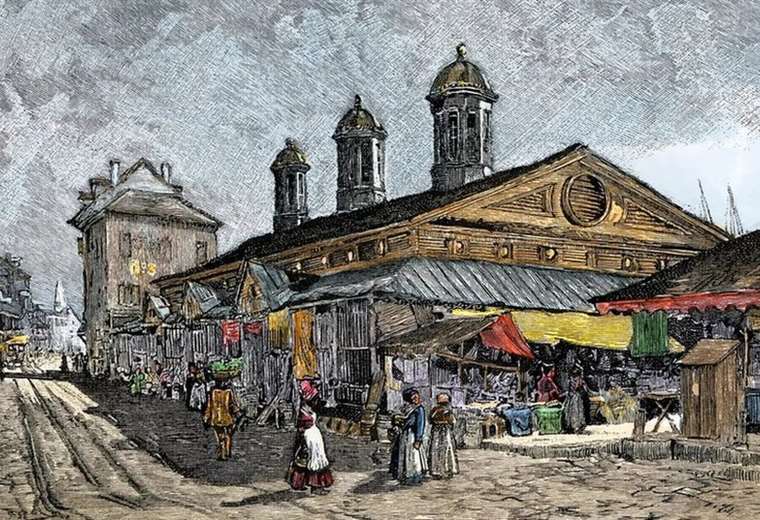Although 2022 was a year with good indicators in various areas, and the second year of recovery after the 2020 pandemic, Colombian families continued to experience negative shocks on their household finances.
According to the Quality of Life Survey (ECV) 2022released this week by Dane, during the past year 22.9% of households, 4.01 million of 17.5 million households, were affected by at least one event or economic shocka lower proportion than in 2020 (42.2%) and 2021 (42%), but still significant.
(How many Colombians have their own home in 2023).
The most common situation was late payment for public services, which affected 9.6% of households last year (1.6 million families). Also, in 6.1% of the families the head of the household lost his job and in 5.9% of the cases there were arrears in housing payments.
Other of the shocks that the survey reported have to do with the fact that another household member lost their job (2.6%); late payment of taxeswhich affected 2% of families, that is, 350,000 households, or in the administration and security (0.6%).
(Education coverage in the Caribbean, below the national average).
In 0.6% of the cases payment complications occurred in the kindergarten or school and 0.5% of the families had no way to pay for higher education.
In addition, 87,000 families (0.5% of households) had to close the business from which they derived their income, and it was also reported that 0.4% of the families in the country could not sell the production of their farms or businesses.
To appease these situations, throughout 2022 people took various measures, where the most common was getting into debt or extending the term of a debt, to which 35.3% of households resorted, that is, 6.18 million.
(Half of the households in the country consider that they are poor).
The survey also showed that 27.8% of households (4.8 million) spent part or all of their savings, 25.9% of them asked family and friends for help, and even 20.3% reduced their spending on food (3.55 million families).
If this situation is compared with that of a year ago, one sees a change in trends around family decisions.
(Quality of life of Colombians: how much has it changed during 2022?).
In 2021, the first resource used by Colombian households was the expense of part or all of their savings, a measure used by 38.3% of households, while the proportion of those who borrowed or deferred their loans was 36.9%, similar to that of 2022.
“It is logical that in 2021 people have used their savings, especially those of 2020, which ran out, and therefore in 2022, since there are no savings, the growth of expenses should be given by credit”, he explained Camilo Herrera Mora, director and founder of the Raddar firm.
(‘Innovation is not an area, it is thinking differently’).
According to the economist, what is historically normal is for household spending to exceed income, and that is where indebtedness arises, free destination credits and mortgage credits.
“In 2022 credit became more expensive, and that surely made household spending decisions difficultHerrera explained.
(Muebles Jamar opens its largest format store in Bogotá).
However, according to the director of Raddar, quality of life surveys have a drawback, and that is that they are perception, so in many cases people answer things that are not necessarily verifiableas Herrera explained.
The ECV also announced that among the measures that families took to cope with the economic shocks in 2022 is the adoption of new sources of income, in 16.6% of cases (2.9 million).
In 1.3 million families, 7.5% of households, one or more members began to work, while in 5.1% of families, that is, 893,000, the option was to go and live with more relatives.
LAURA LUCIA BECERRA ELEJALDE
Portfolio Journalist






